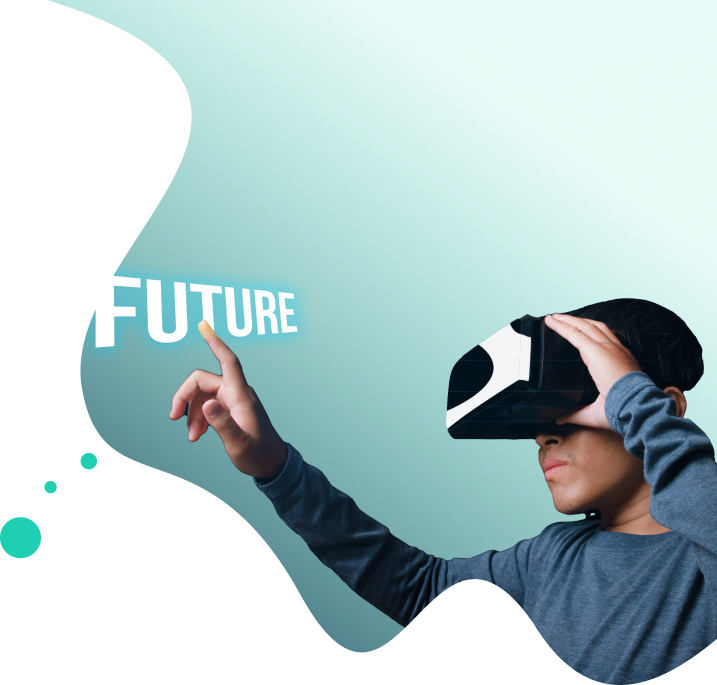Amidst the swift evolution of technology, the integration of ( AR) Augmented Reality and (VR) Virtual Reality into website content has surged in popularity. These immersive technologies hold the potential to redefine how users engage with websites, offering a more captivating and dynamic experience. This article explores the advantages of integrating AR and VR into website content, examining strategic approaches for businesses to proficiently leverage these technologies.

First and foremost, the infusion of AR and VR into website content significantly elevates the user experience. These technologies introduce a more personalized and interactive browsing encounter, facilitating easier navigation and comprehension of content. With AR, users can explore products in 3D, gaining a comprehensive understanding of size and scale. Particularly beneficial for e-commerce platforms, this feature allows customers to visualize products before purchase, minimizing returns and enhancing overall satisfaction.
Likewise, VR has the power to transport users into virtual realms, offering a fully immersive experience. This proves invaluable for industries like real estate and travel, where customers can virtually tour properties or destinations before making decisions. The interactive and engaging presentation of products and services through VR can contribute to heightened sales and conversion rates.
Beyond enhancing user experience, the integration of AR and VR can positively impact website traffic and SEO. These innovative technologies attract new visitors, prolonging their time spent on the site—a factor search engines favour for improved rankings. Additionally, the inclusion of AR and VR distinguishes a website from competitors, increasing the likelihood of it being shared and linked to other platforms, thereby enhancing SEO.
 AR and VR integration allows businesses to gather valuable data and analytics.
AR and VR integration allows businesses to gather valuable data and analytics.
 These technologies track user behavior and interactions, providing insights into website effectiveness.
These technologies track user behavior and interactions, providing insights into website effectiveness.
 Data leverage enables optimization of user experience, leading to increased conversions and customer satisfaction.
Data leverage enables optimization of user experience, leading to increased conversions and customer satisfaction.
 Despite challenges, AR and VR integration offers immense potential for user experience enhancement.
Despite challenges, AR and VR integration offers immense potential for user experience enhancement.
 Benefits include boosted website traffic, improved SEO, and valuable data analytics.
Benefits include boosted website traffic, improved SEO, and valuable data analytics.
 Adoption of these technologies is crucial for businesses to stay competitive in the evolving digital landscape.
Adoption of these technologies is crucial for businesses to stay competitive in the evolving digital landscape.